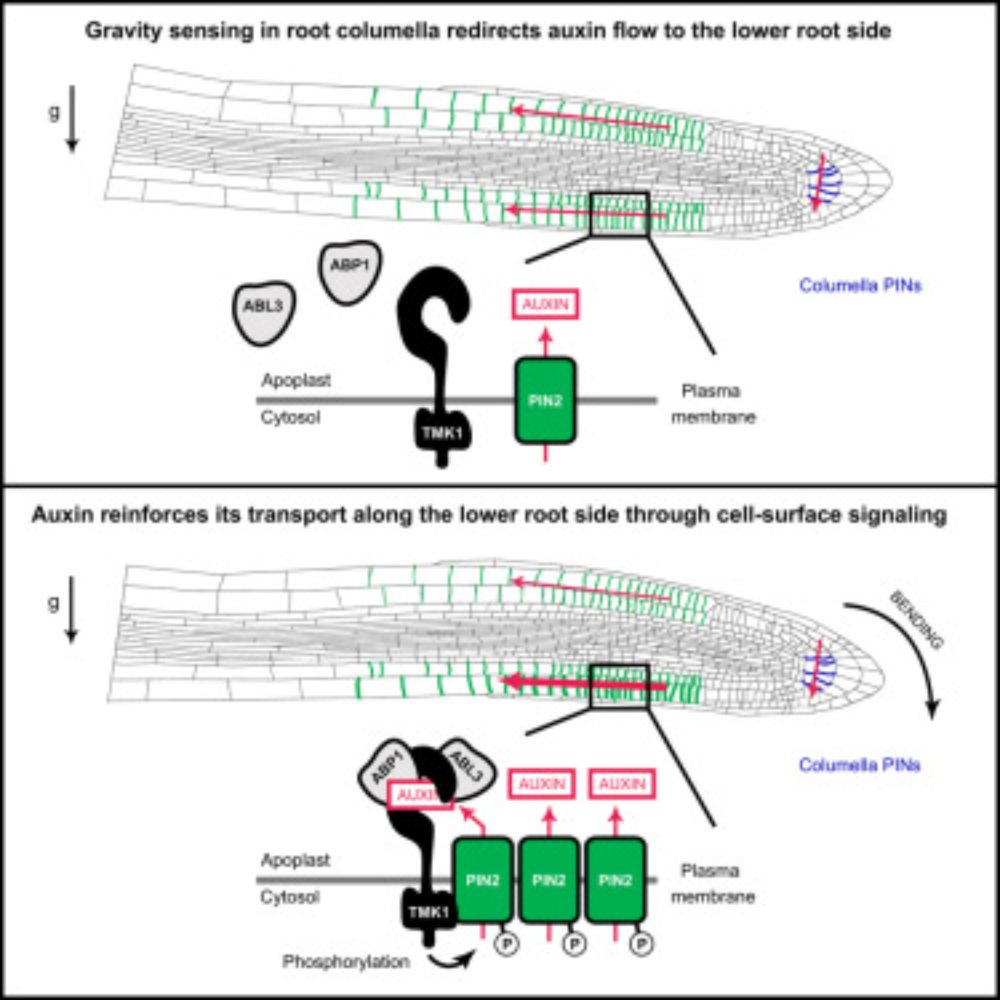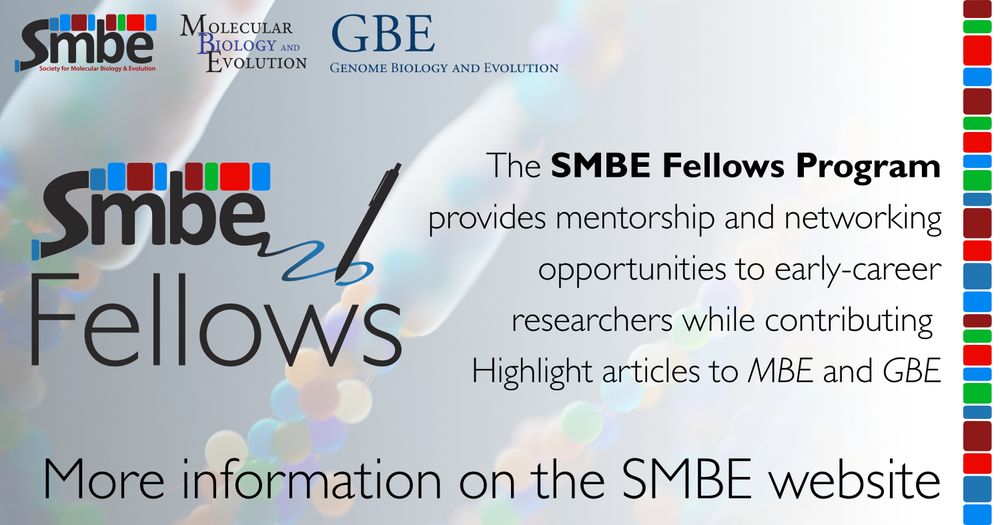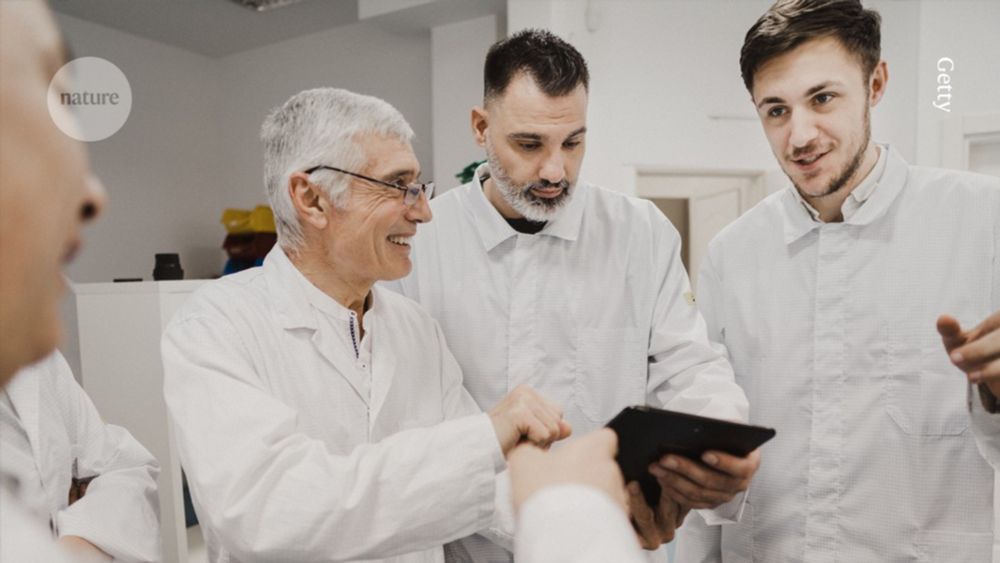Alexandra Dallaire
@alexdallaire.bsky.social
180 followers
230 following
28 posts
Symbiotic fungi, genomes and transposons 🍄🧬
🇨🇦 → 🇬🇧 → 🇯🇵
Posts
Media
Videos
Starter Packs
Reposted by Alexandra Dallaire
Reposted by Alexandra Dallaire
Reposted by Alexandra Dallaire
Reposted by Alexandra Dallaire
Reposted by Alexandra Dallaire
Reposted by Alexandra Dallaire
Reposted by Alexandra Dallaire

















